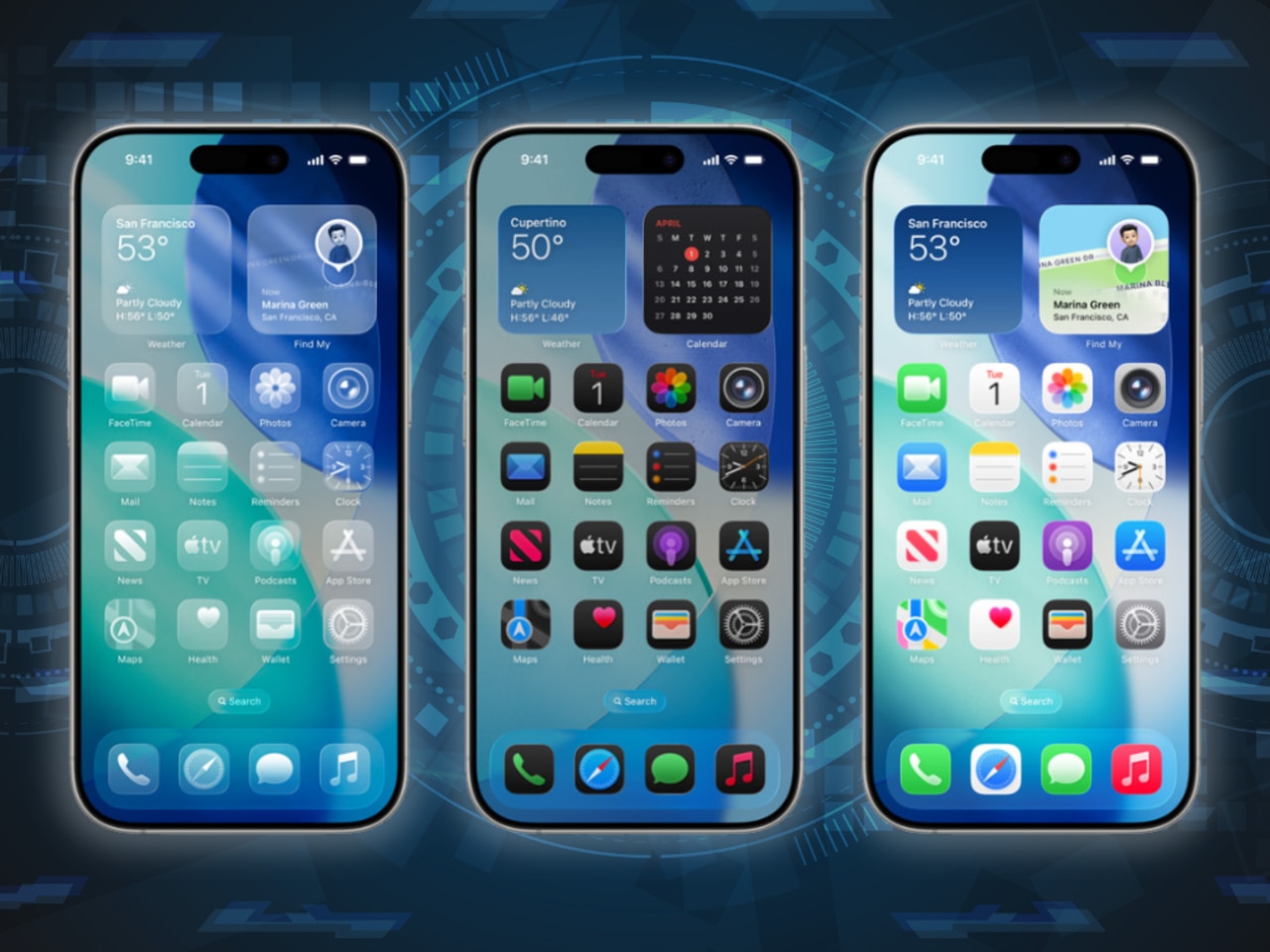Apple announces cheaper iPhone SE pricing, release date
The computing giant has breathed fresh new life into one of its most popular models, with a new budget offering that’s cheaper than other iPhones.
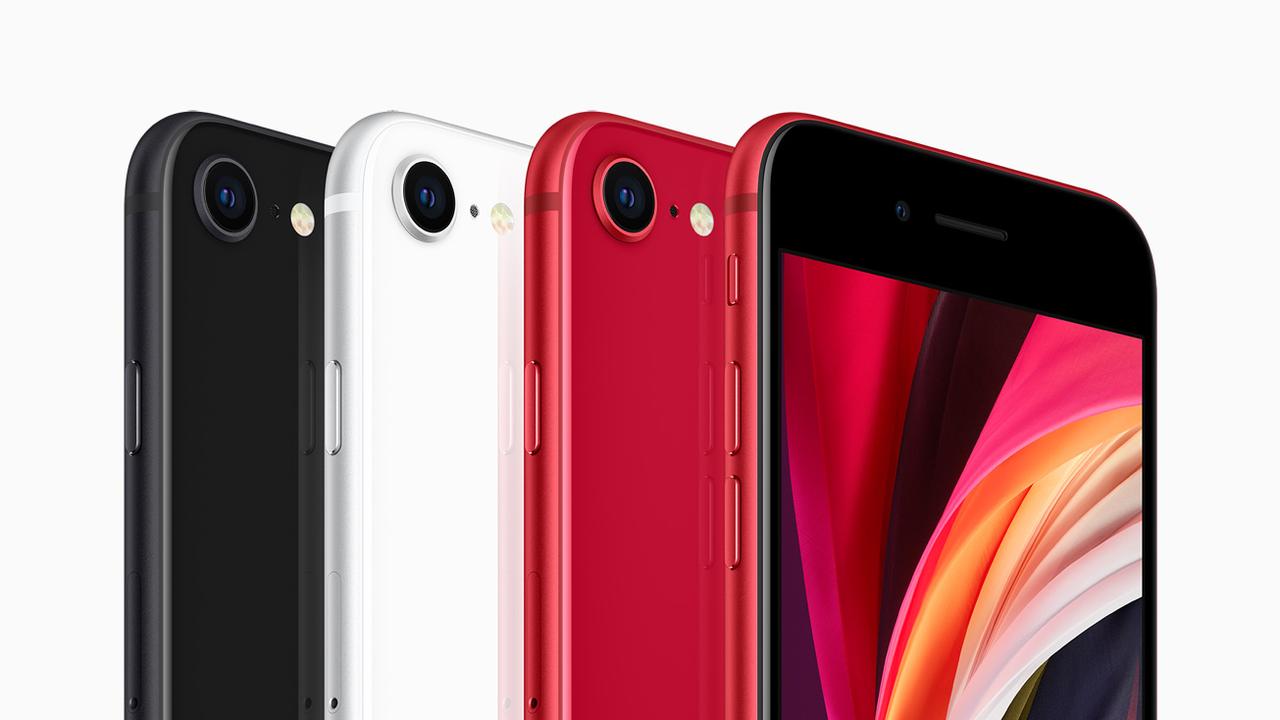
Apple’s long-rumoured revival of the cheaper iPhone SE has arrived only a few weeks later than expected.
The new iPhone SE, already being called the iPhone SE 2 by everyone but Apple, will cost $749.
While it’s not exactly a bargain, the $450 discount against the iPhone 11 means you can still call it the “cheaper” iPhone.
In a world where some phones are running past the $2000 mark it is also some relief.
The new iPhone SE follows the same winning formula as the last device to bear the initials that was released in 2016, using a similar design to an older phone but with updated internals.
Back then it was for the stretched candybar shape of the iPhone 5, the first major redesign to the phone.
The new SE will again be based on an older iPhone design that has now been superseded by newer models, borrowing the same hardware as those newer phones.
This time it apes the design of 2017’s iPhone 8, with a 4.7-inch screen and a physical home button which can be used to unlock your phone using your fingerprint.
RELATED: Apple fined for dodgy battery trick
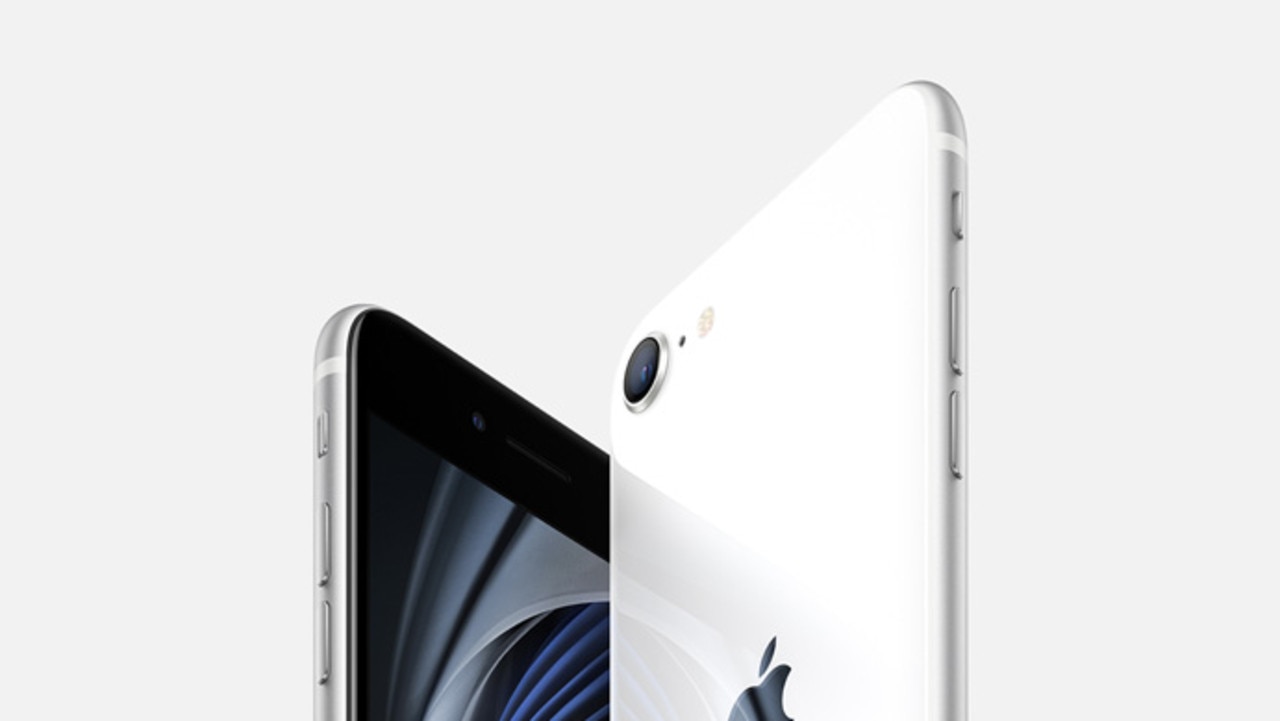
RELATED: Virus could delay next phones
The same technology that adjusts the white balance of the phone’s display to match the ambient light (making it easier to keep aimlessly staring into the depths of your phone for hours on end) that first appeared in iPhone’s with the iPhone 8, remains even in the cheaper model.
The new iPhone won’t let you unlock it using a scan of your face, which despite being slightly creepy, does work better than using your fingerprint.
Newer iPhones with this technology don’t need space for a fingerprint scanner and can have larger screens that cover the full face of the phone, but the SE will retain the old chin-and-forehead design.
The same A13 bionic chip that powers the iPhone 11 (which Apple claims is the “fastest chip in a smartphone”) will ship in the SE.
That chip gives it similar abilities with photography, gaming, augmented reality applications, and all the other things you’ll do on your phone.
Of course, for the sake of the price tag there’s a few compromises to be made.
For starters, in what has become a point of difference in the ever-increasing insanity of the smartphone market, the iPhone SE has only one rear camera, a 12MP f/1.8 wide angle.
But because of the advancements in computational photography that have made smartphone cameras so good in the first place, Apple appears satisfied it can get the job done on its most utilitarian device using just one lens.
RELATED: Weird Apple store rule revealed
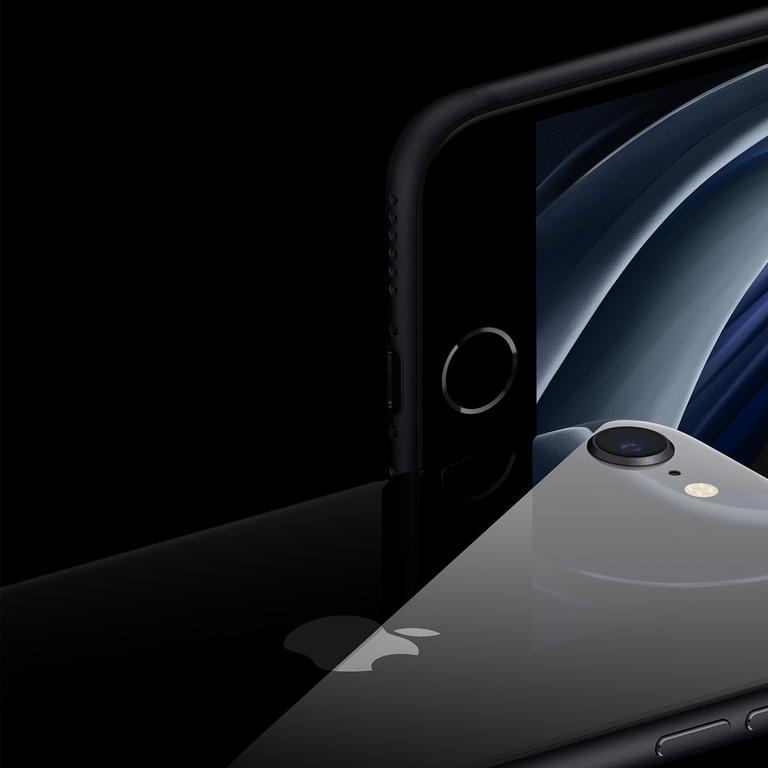
RELATED: You can now run Android on an iPhone
You’ll still be able to take bokeh-filled portraits and use the Smart HDR features to relight photos after they’ve been taken. The rear camera also shoots video up to 4K resolution as high as 60fps.
Industry commentators have been wondering for some time when Apple will finally move away from the Lightning port used to charge and connect the iPhone to other devices and embrace the new industry standard USB-C port it now uses on the iPad Pro.
The cheaper iPhone won’t be the one to do it.
The Lightning port remains, but you can also charge the SE wirelessly.
Charging with a wired 18W adaptor can get you up to 50 per cent battery in around 30 minutes, but Apple doesn’t include one of those in the box.
The base memory is 64GB, with upgrades to 128GB and 256GB available. Like all iPhones there is no option to add expandable memory through a memory card, but you’re of course free to spend as much as you want increasing the size of your iCloud capacity to store files and photos on an external Apple-controlled server.
Pre-orders are open through the Apple website beginning on 10pm Friday, with phones to be delivered to your home free of charge or contact.
The phone will be available in black, white and red.
Apple said an unquantified “portion” of proceeds from the latter model will go to Global Fund’s new COVID-19 Response Fund to provide protective equipment, diagnostics and lab equipment on top of the Fund’s ongoing work fighting tuberculosis and HIV/AIDS.
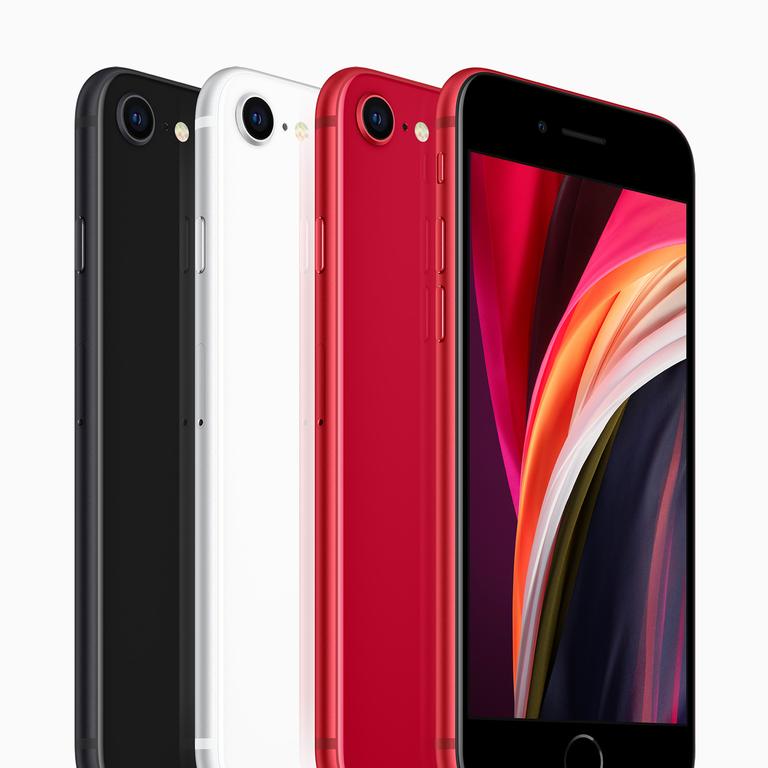
RELATED: Phone bills waived for virus ‘heroes’
RELATED: How to clean your phone to avoid virus spread
Coronavirus has had a massive impact on most industries, and the smartphone market is no different, cancelling industry events, shrinking sales and pushing back release dates.
The SE is unlikely to be the last new iPhone this year, and the flagship iPhones that more traditionally appear around September time are still expected to show up, but they’ll be entering a market where many of their prospective customers may be questioning how wise a decision it is to spend over $1000 on a phone if they don’t absolutely need to.
The cheaper iPhone SE, even if it is basically a restomod of the iPhone 8, could be a compelling option.
Another would be a refurbished phone that has reached the end of its contract or lease and sent away to be fixed, reset, and (yes, of course) thoroughly cleaned.
A refurbished iPhone 8 sold through mobile-virtual network operator Boost Mobile (refurbished by Sydney specialists Alegre), can be had in like-new condition for as low as $449.
Refurbished and pre-owned phones can also be found through other MVNOs like the Macquarie Bank-backed nu-mobile (which resells phones owned by the bank that were formerly leased to Telstra customers), as well as retailers like Kogan.
Will you be picking up one of the cheaper new iPhones? Let us know what you think in the comments below.


